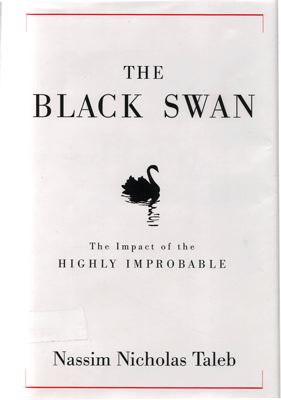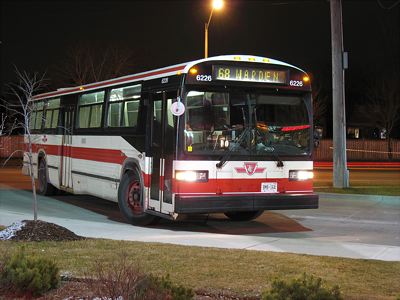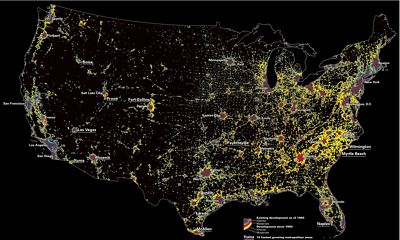“The Impact of the Highly Improbable” is the subtitle of this strongly antiplanning book by a Lebonese-American investment banker named Nassim Nicholas Taleb. The thesis is that the world is most heavily influenced by large, unpredictable events, so any efforts to plan based on what we know or try to forecast are doomed to failure.
The most salient example offered by Taleb has to do with investing: “In the last fifty years,” he says, “the ten most extreme days in the financial markets represent half the returns.” In other words, half the gains in the Standard & Poors 500 took place in just ten days out of fifty years (roughly 12,000 days of trading). Thus, anyone who says they have a sure-fire method of earning profits through investing (as several Nobel prize winners have claimed) is simply deluding themselves or their clients.











